When Samsung drops the Galaxy S26 Ultra next year, expect the unexpected for many loyal fans, that might sting. The phone that has been Samsung’s distinctive flagship is reportedly getting a complete design makeover that abandons the sharp, angular aesthetic that made the Ultra lineup instantly recognizable.
We are talking rounded corners, replacing that iconic boxy design that has been the Ultra’s calling card, plus a controversial camera island that ditches the current floating lens setup.
Here's the twist: Samsung is not changing course just to chase trends. The leaks point to stubborn engineering constraints, the messy business of fitting next‑generation camera hardware into thinner phones. The look may feel jarring at first. The practical upside could matter more once the phone is in your hand.
Why Samsung is abandoning its signature look
Here is what is going on. For the first time in the series’ history, Samsung is implementing a unified design language across the entire Galaxy S26 lineup, so the S26, S26 Plus, and S26 Ultra share similar visual DNA. That is a sharp turn from the old playbook where each model leaned into its own look.
The shift to more rounded corners aims to improve pocketability and comfort during long sessions. If you have carried a Galaxy S24 or S25 Ultra, you know the drill: those sharp edges dig into your palm and catch on tight jeans. Samsung’s research apparently found ergonomics beat brand theatrics for most people.
There is a manufacturing angle too. Standardizing design elements lets Samsung streamline production while simplifying the decision-making process for consumers. Less fretting over shape, more comparing camera chops and performance tiers.
The camera island marks an even bigger break from minimalism. Right now, the Galaxy S25 Ultra’s cameras jut directly from the back glass without housing, a clean, interruption‑free look many fans love. That approach hit an engineering wall, so the design has to bend.
The technical reasons driving these changes
Samsung’s pivot comes from a pileup of challenges that make the current approach unsustainable. The main camera is getting a notable upgrade, moving from f/1.7 to f/1.4 aperture, a 47% increase in light intake that should help with low‑light shots and more natural background blur.
Think dim ramen shops, street corners at midnight, portraits that pop without heavy processing. To get there, the optics need approximately 1mm of additional camera thickness.
At the same time, Samsung is chasing a thinner body. The Galaxy S26 Ultra is expected to measure 7.9mm compared to the current 8.2mm. That 0.3mm sounds tiny, yet in hand and in pocket, it counts.
Now the math gets ugly. The current camera protrusion on the Galaxy S25 Ultra measures 2.4mm. Combine a thinner body with thicker camera hardware, and you get about 3.7mm of protrusion, a bump that looks awkward and makes the phone wobble on a desk.
Samsung’s fix is straightforward: add a camera island to reduce the protrusion and create visual balance. Design in service of engineering, not the other way around.
What is changing beyond the controversial design
The Galaxy S26 Ultra’s evolution stretches into software and strategy, too. Samsung is reportedly delaying the launch until late February 2026 instead of the usual January window, with the extra time tied to sophisticated Galaxy AI integration.
The venue matters as well; the event is planned for San Francisco rather than Samsung’s typical Seoul or New York. Planting a flag in Silicon Valley signals a head‑to‑head mindset with Apple and Google on AI.
Camera tweaks continue beyond the main sensor. The selfie camera gets a wider 85‑degree field of view compared to the current 80 degrees, a nod to group shots and video calls. That requires increasing the display cutout from 3mm to 4mm, to function over a sliver of screen.
Telephoto sees a bump, too. The 3x lens upgrades from 10MP to 12MP with the new K3LD sensor, for better detail and steadier performance in tricky light. Samsung is also adding support for the APV codec for video recording, a creator‑friendly alternative to Apple’s ProRes without platform lock‑in.
The charging upgrade that is generating buzz
Design drama grabs headlines, but charging changes may matter more day to day. The Galaxy S26 Ultra will support 55W charging for the first 15% of battery capacity, then 45W until 70%, with lower speeds after that to protect longevity.
This optimized curve tackles a familiar annoyance: the Galaxy S25 Ultra supports 45W charging, but barely maintains that speed through the cycle due to heat and safety limits. The new approach should deliver faster top‑ups when you are in a rush, on airport layovers, coffee stops, or quick plug‑ins before heading out.
PRO TIP: The improved curve shows up most during partial charges, not overnight. If you top up during the day, you will feel it more than someone who trickle charges to 100% while asleep.
Battery capacity stays at 5,000mAh, unchanged since the Galaxy S20 Ultra. Chemistry is slow to move. Even so, a smarter charging curve, better processor efficiency, and AI‑driven power management should stretch real‑world endurance.
Reports conflict on peak charging, somewhere between 55W and 60W, which suggests Samsung is still tuning. Either way, it is a meaningful step for a company that has been conservative while Chinese rivals sprint past 100W.
Will this design gamble pay off?
Abandoning the Ultra’s distinctive silhouette is a calculated risk. Samsung is clearly betting big on sophisticated Galaxy AI while reassessing its product lineup for maximum impact, a shift deeper than surface styling.
History sends mixed signals. Samsung moved from the Galaxy Note look to the current Ultra with little backlash, a glide path rather than a jump. The S26 Ultra feels more like a jump, and it could rub fans who chose Samsung for that squared, unmistakable frame.
On the upside, the technical gains are real, better cameras, faster and smarter charging, tighter AI features, friendlier ergonomics. The flip side, early critics call the new look generic, and a unified design approach aims to simplify consumer decision-making, which could sand down the premium mystique the Ultra name built over the years.
Market pressure is not letting up. Apple keeps refining, Chinese brands keep swinging for the spec sheet, and Samsung may have decided that looks alone will not win when buyers care more about camera quality, AI, and speed.
The real test comes with people, not renders. With the launch happening in February 2026, Samsung still has time to tune the message and polish details. The core idea seems set though, function and manufacturing efficiency first, visual differentiation second. My hunch, the gains will outweigh the gripes once it hits pockets and palms, but the debate will be loud until then.









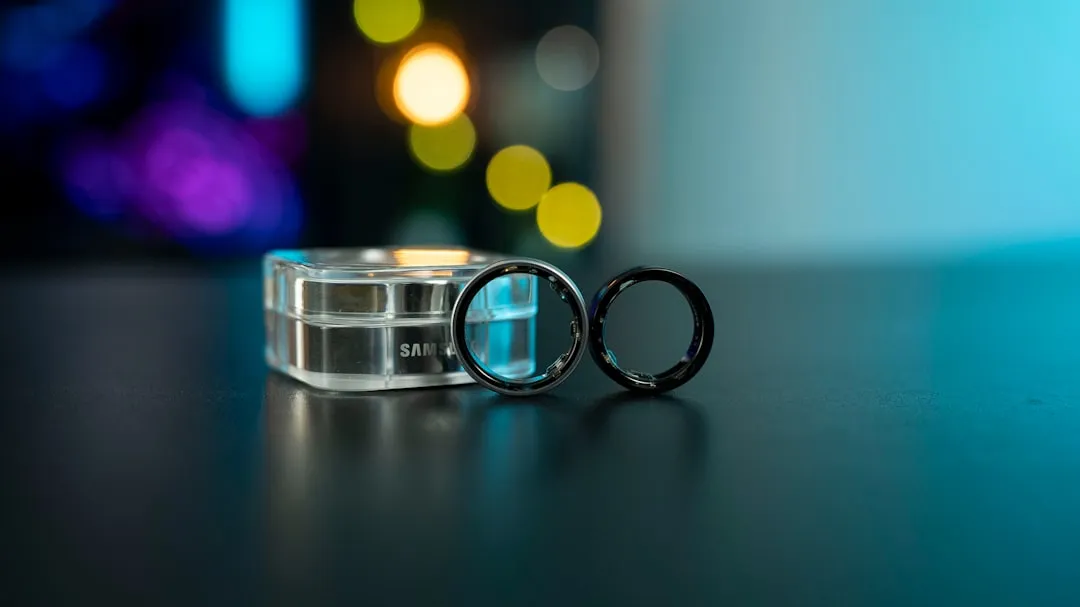

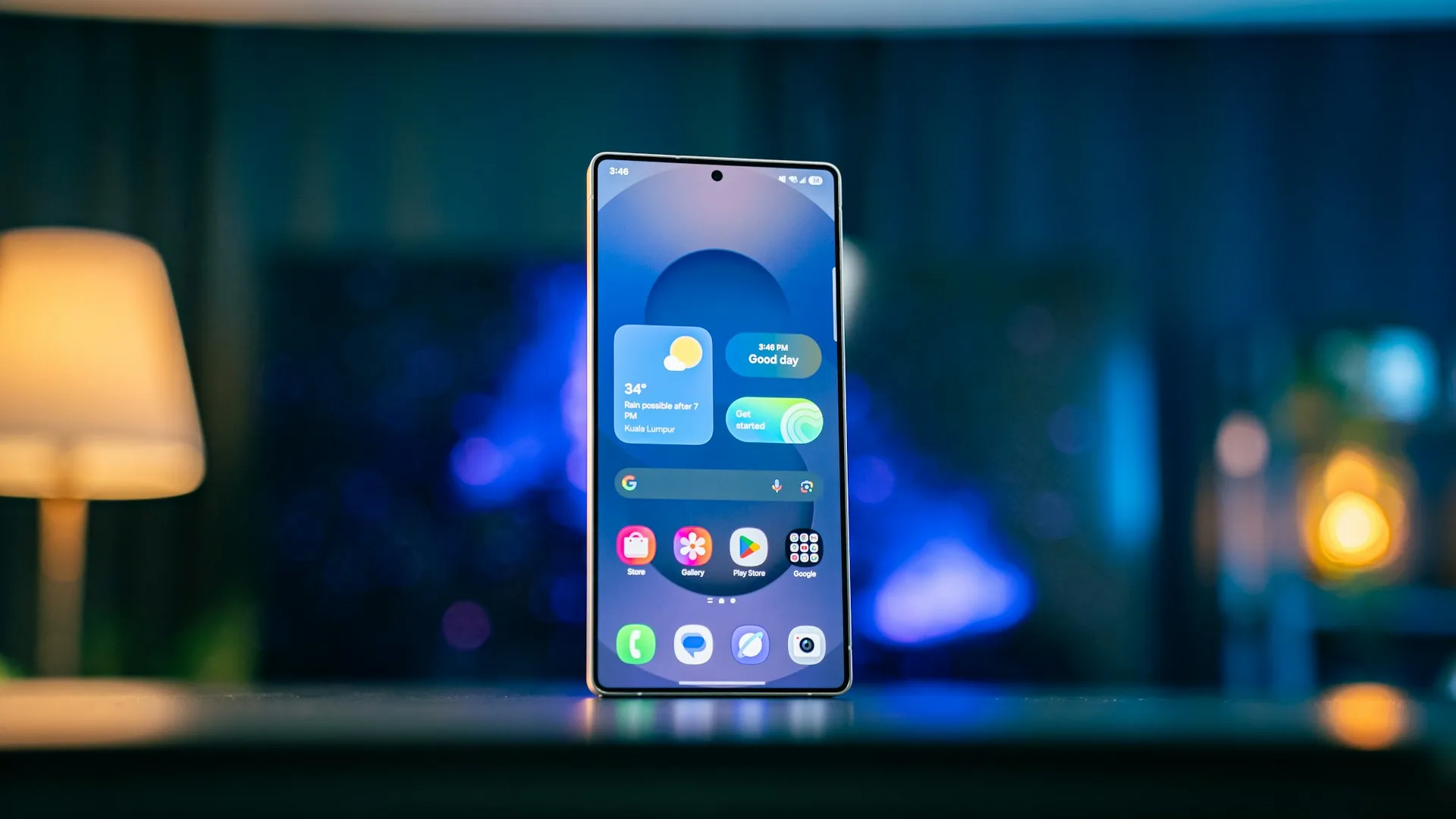
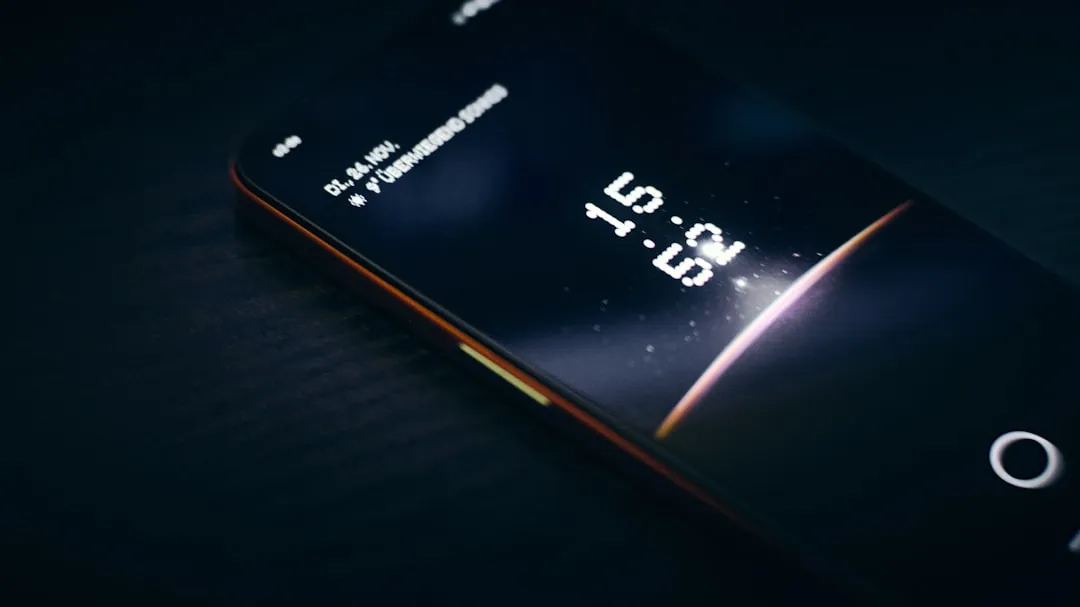
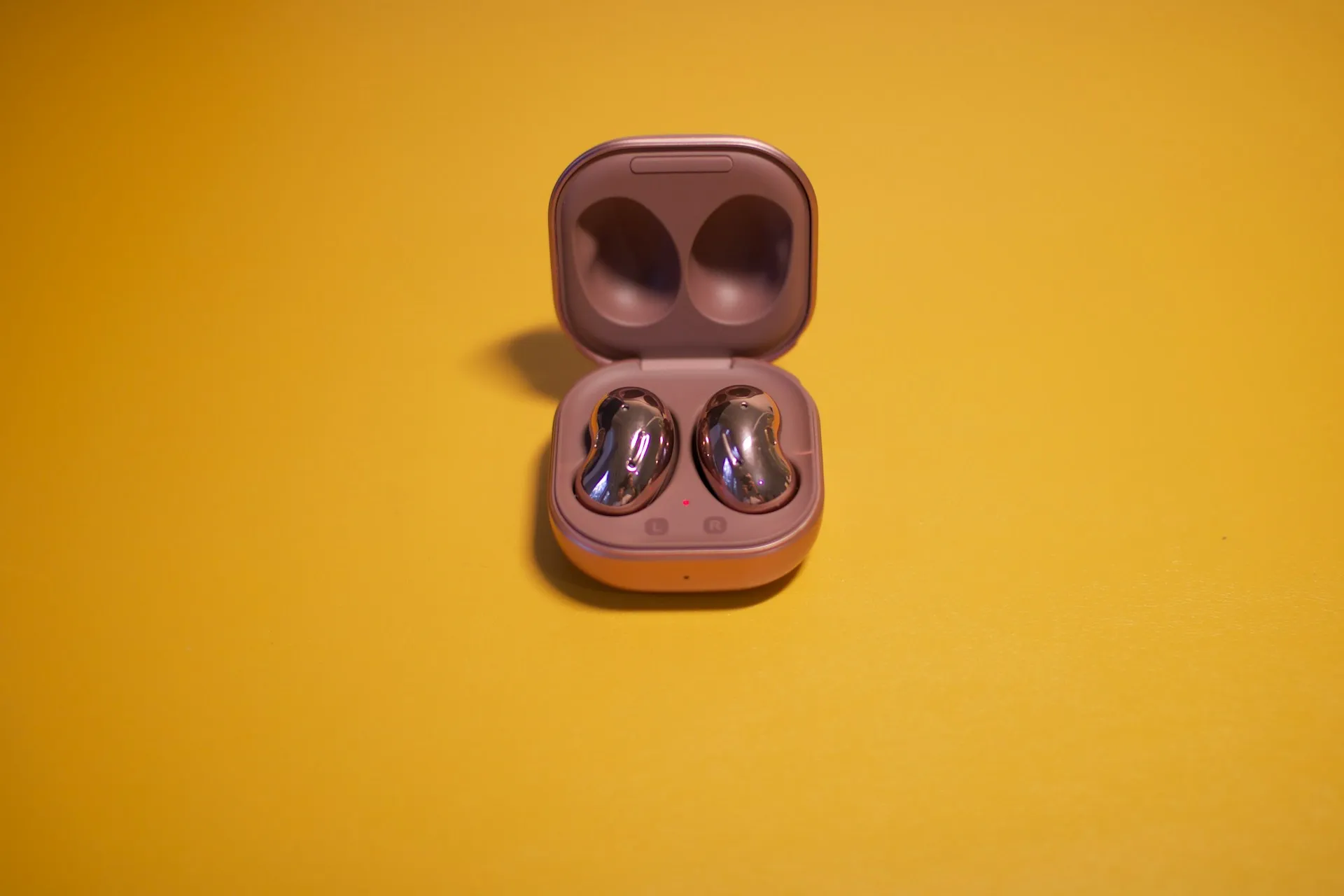


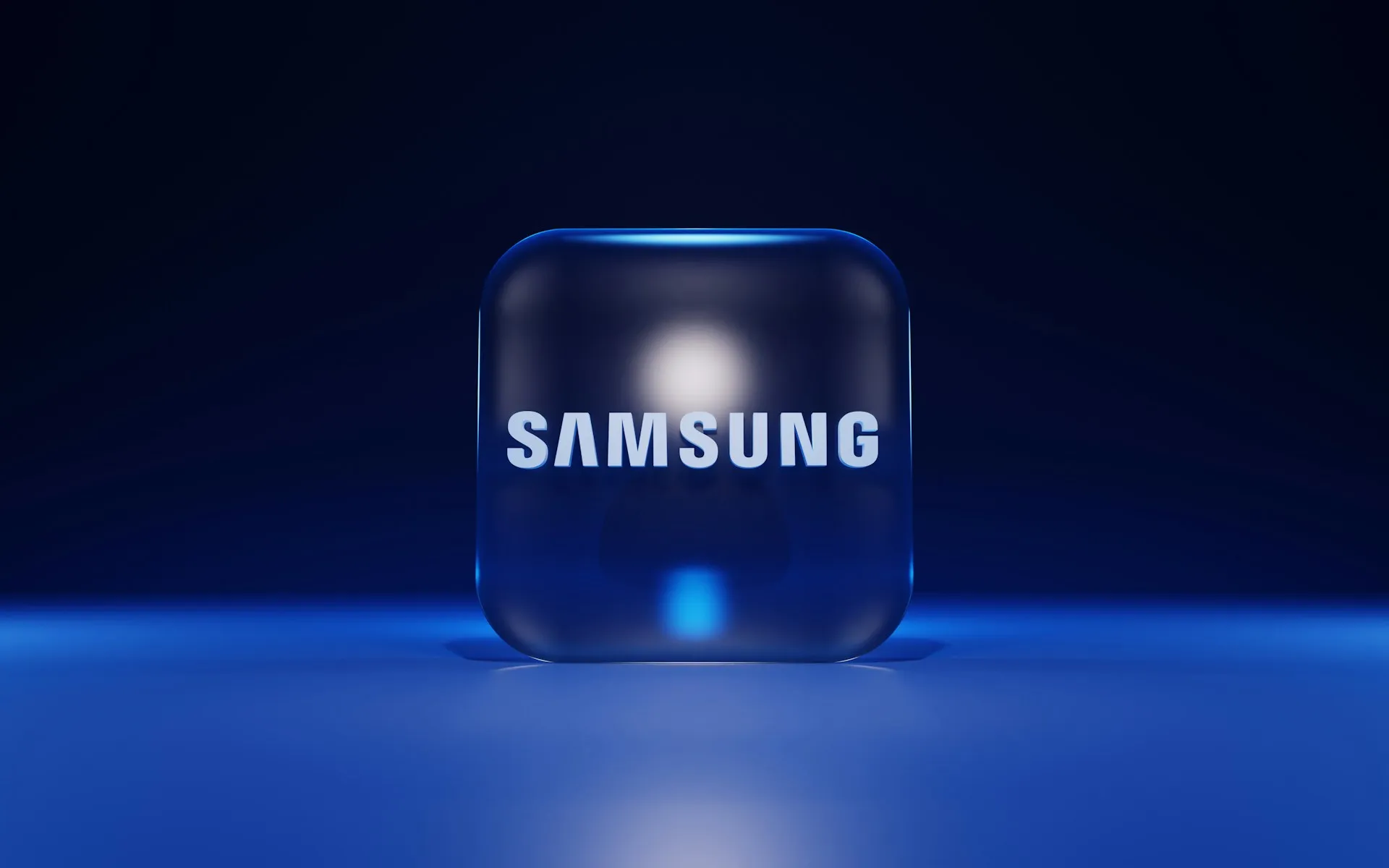


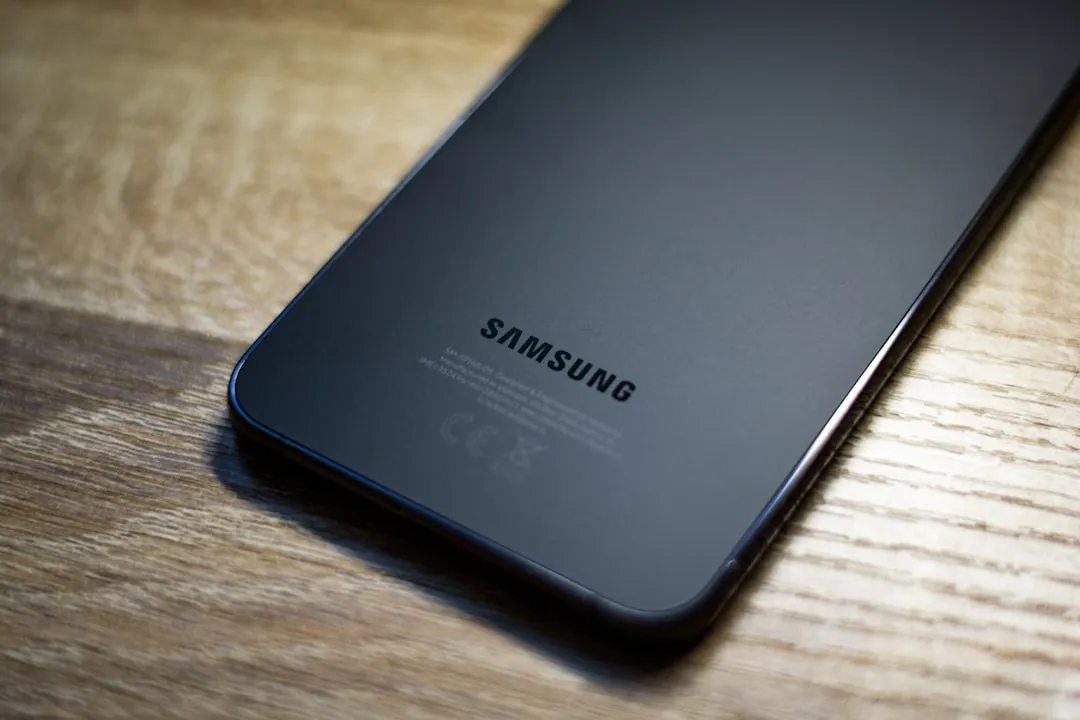


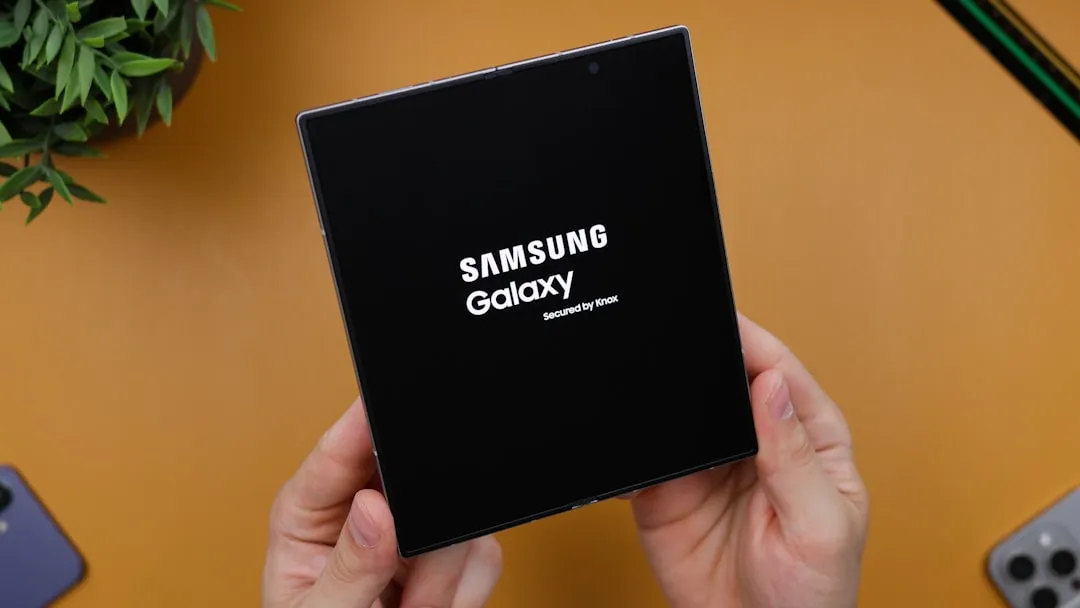

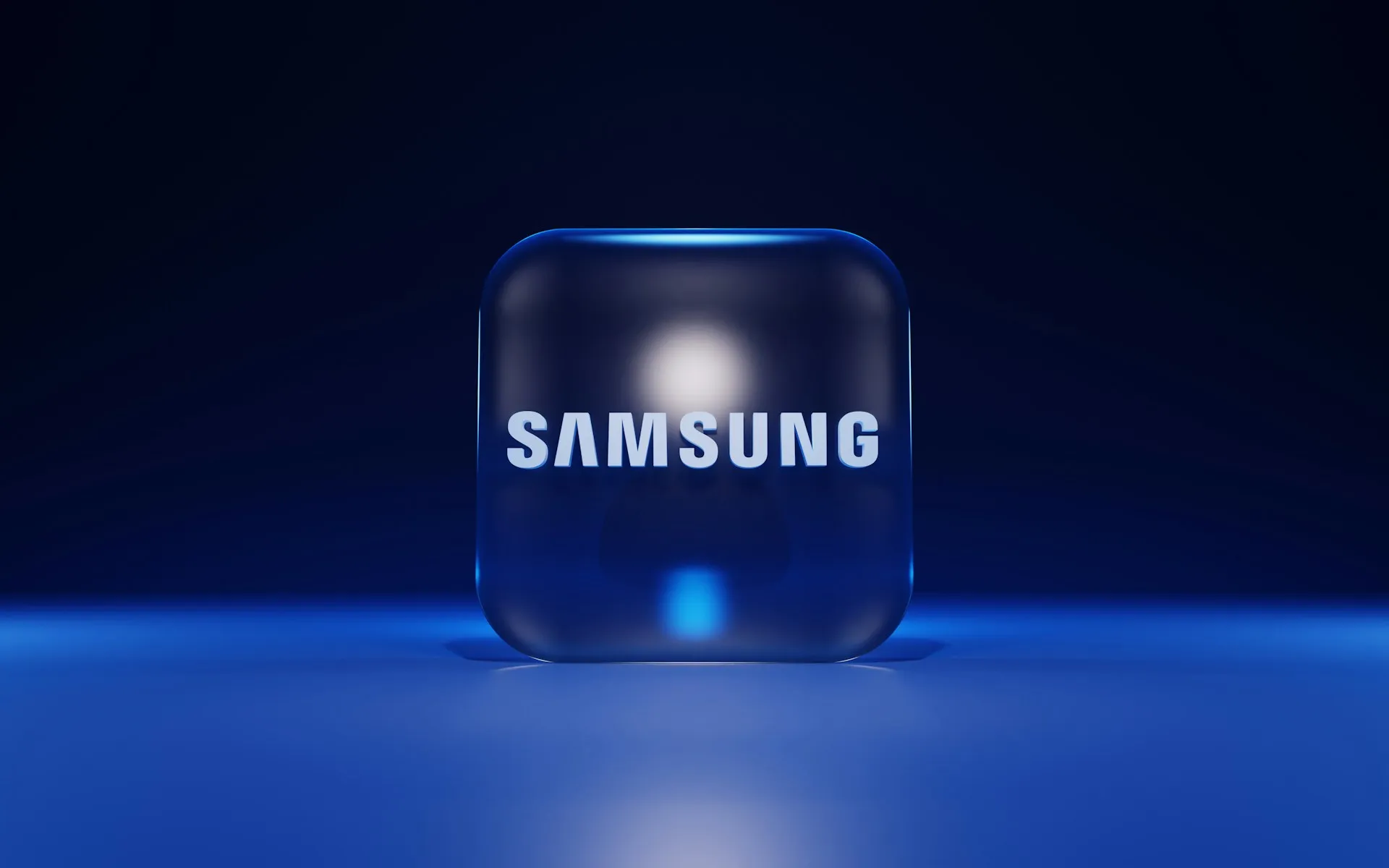

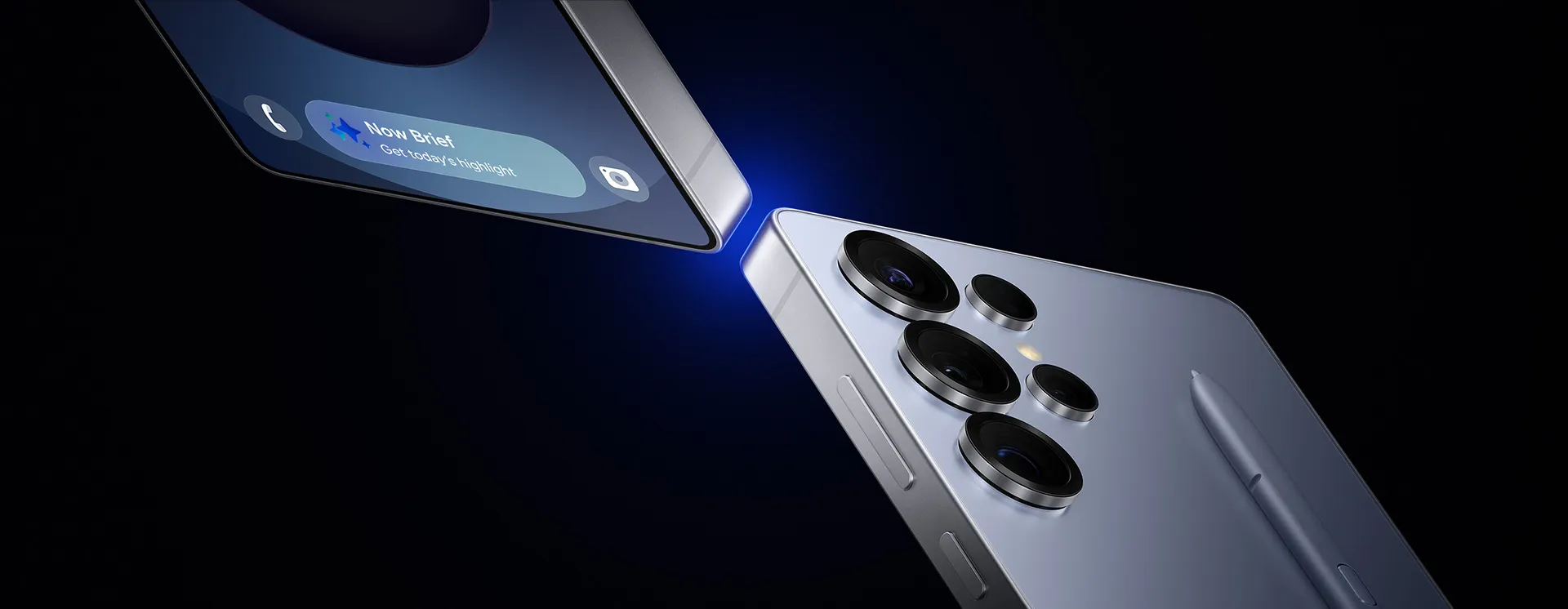
Comments
Be the first, drop a comment!